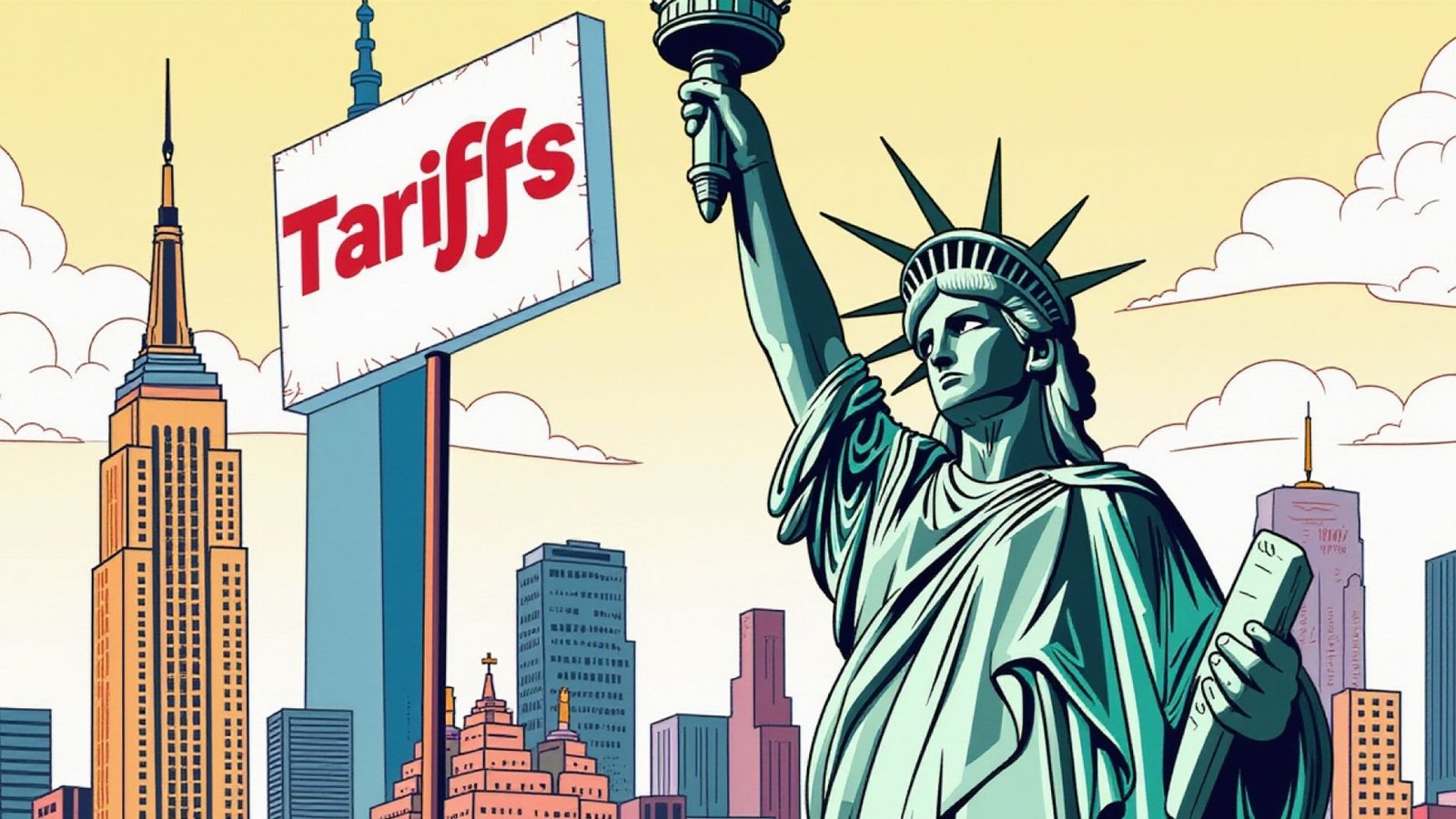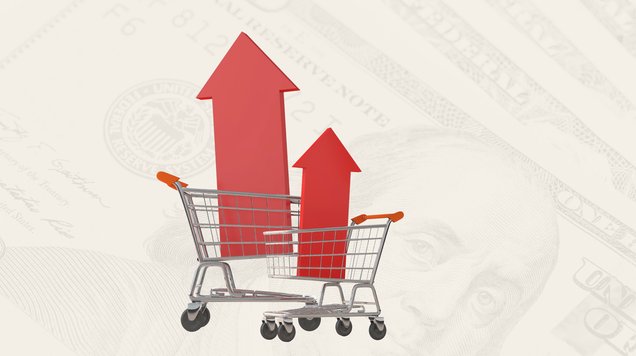United States Q2 2025 Outlook
Tariffs, Tightening, and Tradeshock

Slowing growth amid rising risk of stagflation
Crisis of confidence in markets as equities come under pressure
Rising financial risks driven by the debt bubble
Most Probable Scenario: Tariff-Fueled Recession Risk
US GDP growth is projected to fall to 2.2%, with a growing risk of stagflation. The Trump administration’s sweeping tariff retaliation - effective April 2 - is reshaping the global order faster than anticipated. Supply chains are breaking in real-time, and consumer inflation is resurging despite Fed tightening. Job creation is slowing, especially in trade-exposed sectors, while tech layoffs resurface.
Hazards to Watch
Trump’s Tariff Avalanche
With retaliatory tariffs from China and BRICS, US households face up to $700B in added costs. Major importers (autos, consumer goods, electronics) are pricing in a second inflation wave. Nasdaq already slipped into bear territory, indicating sentiment capitulation.
Debt Bubble meets Fedtightening
The US debt bubble is colliding with elevated rates. As interest payments balloon past $1T annually, markets are testing the limits of fiscal credibility. The Fed faces an impossible balance: contain inflation or avoid triggering a debt crisis.
Supply Chain Chaos 2.0
Tariffs on steel, chips, and intermediate goods are stalling production. "Just-in-time" becomes "stuck-in-line." The new trade regime is not just punitive—it’s architectural, rebuilding the foundation of global commerce.
Opportunities to Watch: United States
Trump’s Tariff Avalanche
- Domestic Winners: US-based producers of protected goods (agriculture, raw materials, certain semiconductors) may see demand surge. “Tariff shield” stocks could outperform in the near term.
- Retail Rotation: Consumers may shift toward local brands or private labels. Smart retail and logistics plays targeting inflation-weary buyers can find fresh momentum.
Debt Bubble meets Fedtightening
- Safe Haven Plays: Gold, long volatility, and quality dividend stocks will remain resilient. There's renewed room for tactical entries in energy and defense equities amid fiscal rearmament.
- Shadow Credit Growth: As banks grow more cautious, private lenders, BDCs, and structured credit vehicles may thrive in filling liquidity gaps.
Supply Chain
- Friendshoring & Nearshoring: Industrial zones in Mexico, Central Europe, and Southeast Asia stand to benefit. Watch for capex announcements and government-backed incentives.
- Supply Chain Tech: Investment in automation, inventory management, and robotics will accelerate as firms rebuild supply resilience under pressure.









